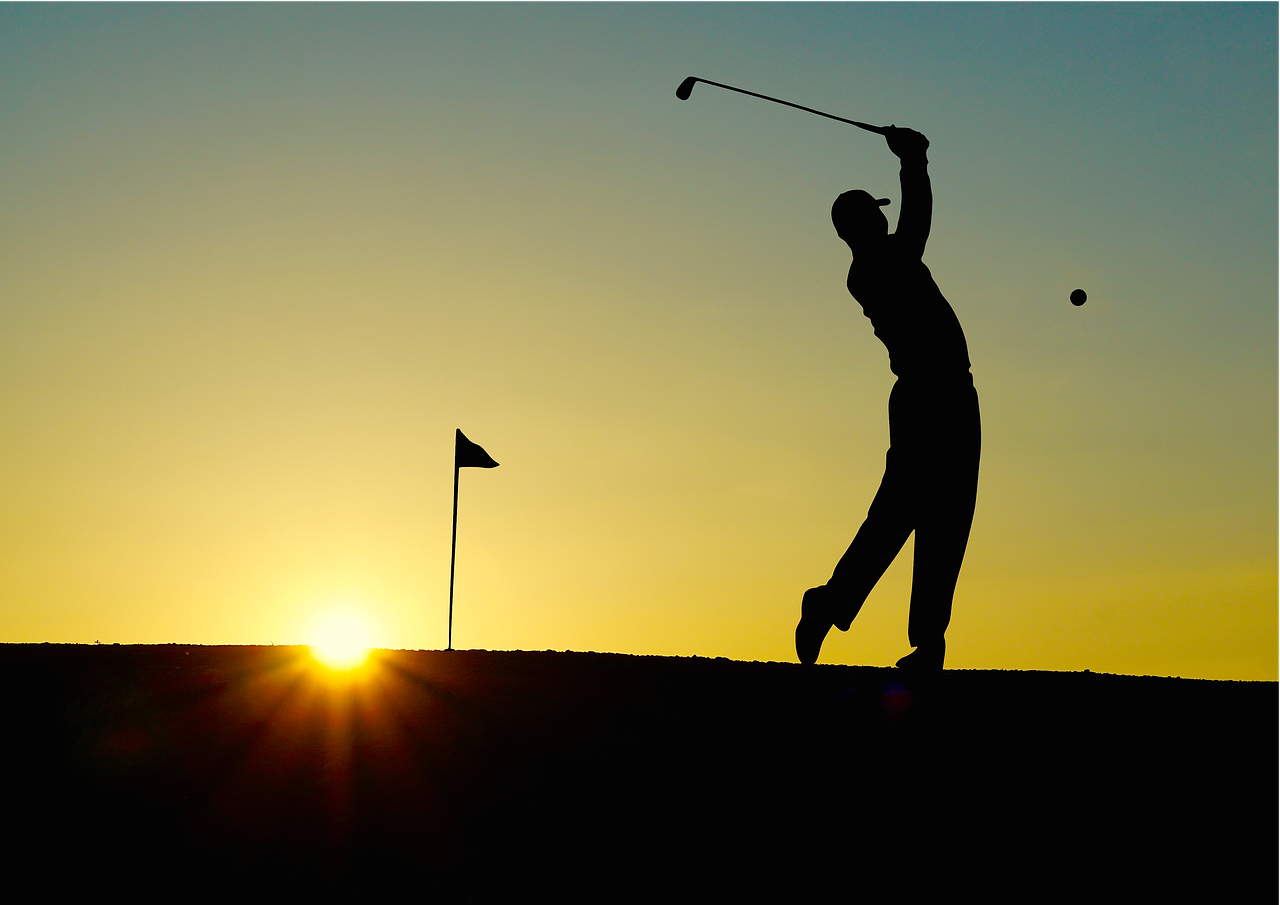Breaking Down the Biomechanics of the Perfect Golf Swing
The world of sports is vast and diverse, brimming with a myriad of disciplines, each with its own unique set of skills, techniques, and strategies. Often, the difference between an ordinary and extraordinary performance lies in the finest of details. In golf, one such detail is the perfect swing. This article delves into the complex biomechanics of the perfect golf swing, unraveling the science behind this elusive technique, its benefits, challenges, and its real-world applications.

Golf, a sport that dates back to the 15th century, is much more than just hitting a ball with a club. The swing, a fundamental aspect of the sport, has been the subject of countless studies, analyses, and debates. The perfect swing is a blend of power, precision, and finesse, a harmony of physical movement and mental focus. But what exactly constitutes the ‘perfect’ swing? And how can understanding its biomechanics enhance an athlete’s performance?
Delving into the Biomechanics
Biomechanics, a subfield of kinesiology, applies the principles of physics to human motion. It’s been instrumental in enhancing our understanding of the golf swing. The swing can be broken down into several phases: the setup, the backswing, the downswing, and the follow-through. Each phase involves complex movements and forces that must be executed with precision.
The Benefits and Challenges
Understanding the biomechanics of the swing brings numerous benefits. It can help golfers optimize their technique, increase their drive distance, and reduce the risk of injuries. However, mastering these biomechanics is not easy. It requires a deep understanding of one’s body, rigorous training, and constant practice.
Practical Applications
The insights from biomechanics have found practical applications in coaching, equipment design, and injury prevention. Coaches use these principles to help golfers refine their swings, manufacturers design clubs to maximize swing efficiency, and physiotherapists develop exercises to improve golfers’ flexibility and strength.
Research-Backed Facts
Research has played a pivotal role in our understanding of the golf swing. Studies have shown that factors such as club speed, swing path, and hitting point significantly influence the ball’s trajectory and distance. Moreover, researchers have found that the body’s rotational movements play a crucial role in generating power in the swing.
Going Beyond the Swing
While the swing is undoubtedly important, golf is a holistic sport. Mental strength, strategic planning, and physical fitness are equally critical. Therefore, a comprehensive approach that includes not only swing mechanics but also physical training, mental conditioning, and strategic thinking is essential for success in golf.
In conclusion, the perfect golf swing is a complex interplay of biomechanics, strategy, and training. Understanding these elements can help golfers improve their game, pushing the boundaries of what is possible in this age-old sport. Through this exploration, we come to see golf not just as a game, but as a testament to the incredible capabilities of the human body and mind.




